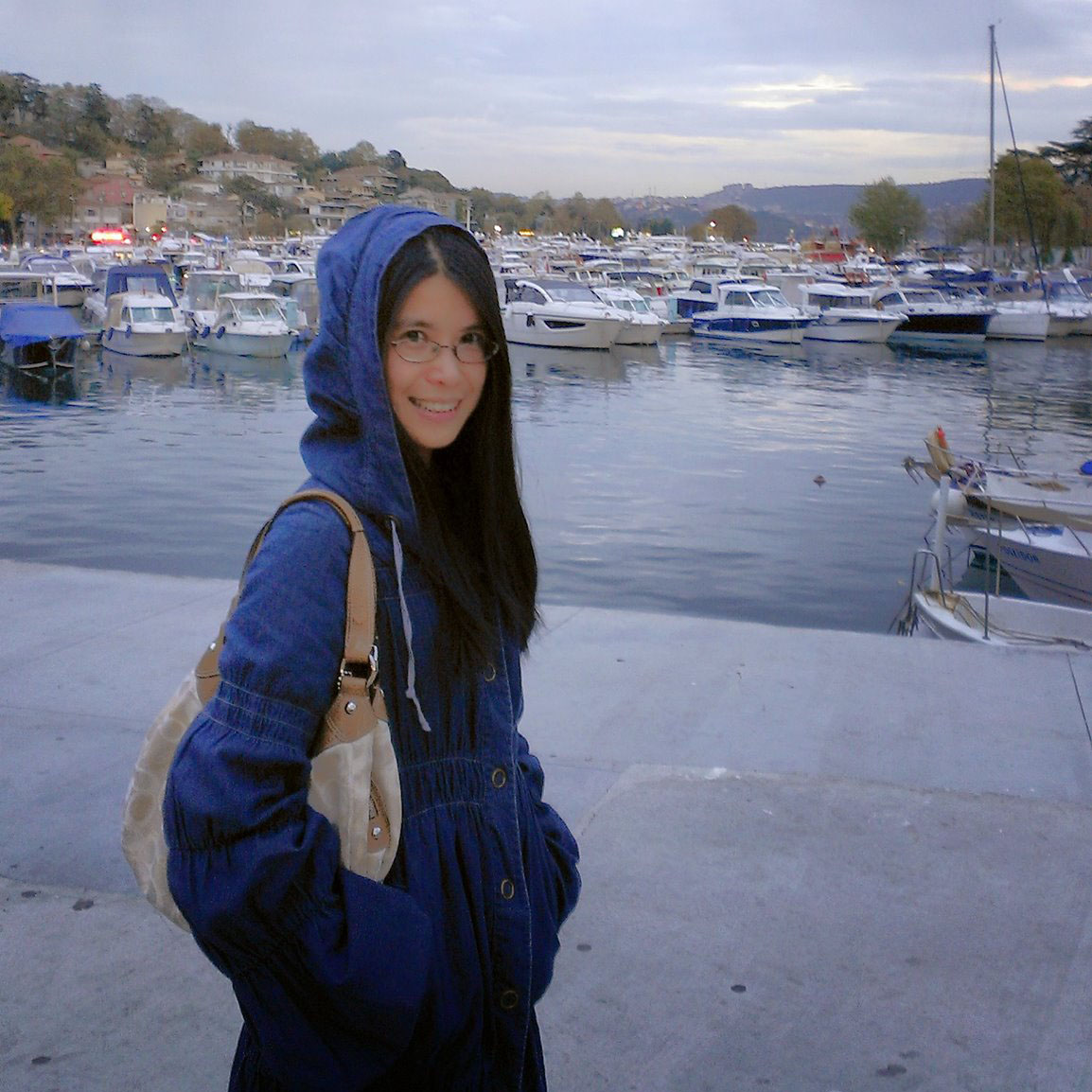博士後研究員:郭婉如 Dr. Wan-Jung Kuo

Email: wanjungk2@g.ntu.edu.tw
學歷
Ph.D. Dept. of Physics, University of Southern California, Los Angeles, CA (2012)
美國南加州大學物理系博士
M.S. Dept. of Physics, National Taiwan University, Taipei, Taiwan (2004)
國立臺灣大學物理系碩士
B.S. Dept. of Physics, National Taiwan University, Taipei, Taiwan (2002)
國立臺灣大學物理系學士
經歷
- Science and Technology Research Instiute for DE-Carbonization(STRIDE-C), NTU, Taiwan 國立臺灣大學新碳勘科技研究中心
Postdoctoral Researcher 博士後研究員 2023/1 – 現今
- Center for Advanced Model Research Development and Applications(CAMRDA), NCU, Taiwan 國立中央大學高等模式研發應用中心
Postdoctoral Researcher 博士後研究員 2017/7 – 2023/1
- Institute for Physics Research and Technology & Ames lab, Iowa State University, USA 美國愛荷華州立大學物理與技術研究所&埃姆斯國家實驗室
Postdoctoral Research Associate 博士後研究員 2012 – 2014
- University of Southern California, USA 美國南加州大學
Research Assistant 研究助理 2007 – 2012
- Department of Physics and Astronomy, University of Southern California, USA 美國南加州大學物理與天文學系
Teaching Assistant 助教 2005 – 2010
專業領域
Coupled thermal-hydrology-mechanics-chemical processes numerical subsurface model developing
Theoretical, mathematical, and numerical analysis
地下水與地表熱-水-力-化耦合環境模式研究與發展、理論物理數學分析
獲獎榮譽:
Mathematical Component University of Southern California, 2012
II. WiSE (Women in Science and Engineering) Graduate Fellowship
University of Southern California, 2005-2007
III. Presidential Award
National Taiwan University, 2001-2002
IV. Tai Yun-Kuei Scholarship
National Taiwan University, 2001-2002
V. Dr. Huang Chen-Lin Memorial Scholarship
National Taiwan University, 2000-2001
期刊論文
- Quantum Adiabatic Brachistochrone
A.T. Rezakhani, Wan-Jung Kuo, A. Hamma, D.A. Lidar, and P. Zanardi, Phys. Rev. Lett.
103, 080502 (2009)
DOI:10.1103/PhysRevLett.103.080502 (IF: 7.328 ; JIF Rank in SCIE: 6/71, Q1)
In this paper, we formulated a general time-optimal strategy which in principal can optimize
any quantum adiabatic algorithm for which the gap is known or can be estimated. The time-optimal
path obtained by this strategy is called Quantum Adiabatic Brachistochrone (QAB)
and was shown to yield better algorithmic performance than the conventional linear interpolation
path. In addition, we found that AQC can be recast naturally into a differential-geometric
framework. Specifically, a given family of physically controllable Hamiltonians can be equipped
with a Riemannian structure, along with a metric induced by the adiabatic evolution. Therefore,
the problem of finding QAB (the time-optimal path) for a given computational problem
is equivalent to finding the geodesic (the shortest path on the Riemannian manifold). This
geometric approach not only gives new insight into AQC but also allows us to apply existing
powerful tools of differential geometry to it. - Quadratic Dynamical Decoupling: Universality Proof and Error Analysis
Wan-Jung Kuo and Daniel A. Lidar, Phys. Rev. A 84, 042329 (2011)
DOI:10.1103/PhysRevA.84.042329 (IF: 2.878; JIF Rank in SCIE: 10/79, Q1)
Quadratic DD (QDD) which concatenates two layers of UDD is currently a near-optimal pulse
sequence for suppression of one qubit general decoherence. Complete analytical proof of the
actual performance of QDD was absent and was challenging due to the non-equidistant UDD
(QDD’s recursive unit) pulse intervals which makes the analysis non-trivial and difficult. In
this work, we provided a rigorous comprehensive proof of the actual performance of the generalized
version of QDD, where the orders of its inner and outer UDD layers, N1 and N2, can
be different. We analyzed thoroughly how each UDD layer interferes with each other, which
consequently identifies the region of N1 and N2 that QDD scheme cannot achieve its full suppression
potential. Moreover, the various interesting performance effects related to the parities
and relative magnitudes of N1 and N2 are found. Our proof also indicates that QDD sequence
is also a universal DD sequence for the generic bath with high-frequency dominated spectrum,
namely, its near-optimal performance is insensitive to the details of the noise environment. - Universality Proof and Error Analysis of Nested Uhrig Dynamical Decoupling
Wan-Jung Kuo, G. A. Paz-Silva, G. Quiroz and Daniel A. Lidar, J. Math. Phys. 53, 122207
(2012)
DOI:10.1063/1.4769382 (IF: 1.296; JIF Rank in SCIE: 24/55, Q2)
NUDD scheme, which nests multiple layers of UDD sequences, is a much more efficient (though
far from optimal) scheme, compared to other known DD schemes, for general multi-qubit decoherence
suppression. In this paper, the universality and performance of NUDD sequence
with ”general pulses” is rigorously proven and studied with compact and abstract formulation.
Moreover, the single-axis error type in our QDD paper is also generalized to a more general
concept. The explicit formula for the decoupling order of each error type is given, which shows
explicitly how the parities and relative magnitudes of UDD orders affect the suppression of
different types of errors. We also discover that the error cancellation mechanism relates to the
group structure underneath the error types. - HM and THM interactions in bentonite engineered barriers for nuclear waste disposal
Antonio Gens, J. Alcoverro, Radim Blaheta, Martin Hasal, Zdenˇek Michalec, Yusuke Takayama,
Changsoo Lee, Jaewon Lee, Geon Young Kim, Chia-Wei Kuo,Wan-Jung Kuo, Chung-Yi Lin,
Int. J. Rock Mech. Min. Sci. 137,104572 (2021)
DOI:10.1016/j.ijrmms.2020.104572 (IF: 7.135; JIF Rank in SCIE: 1/41, Q1)
